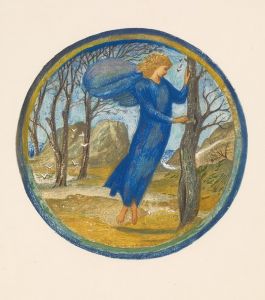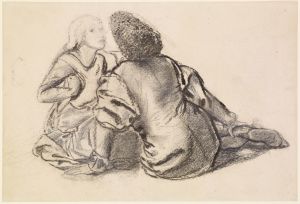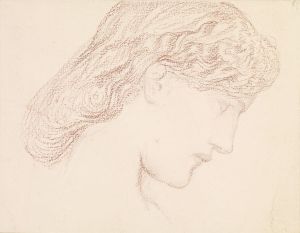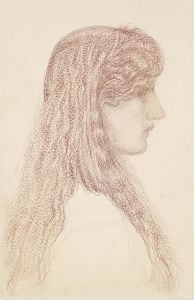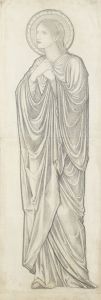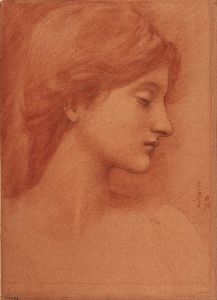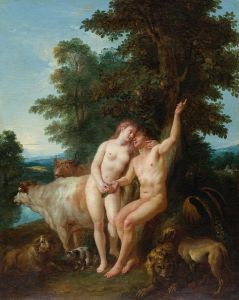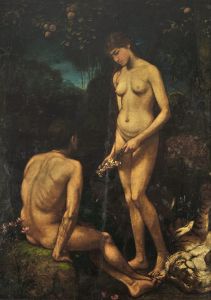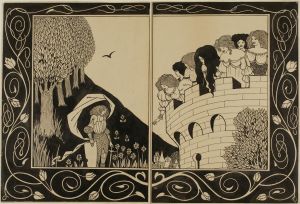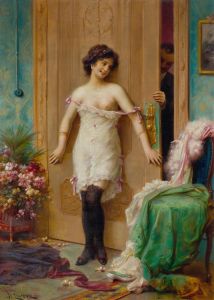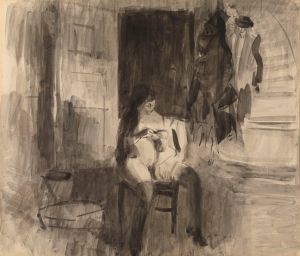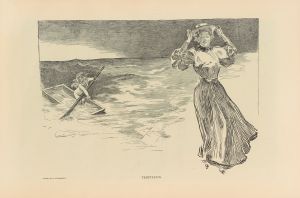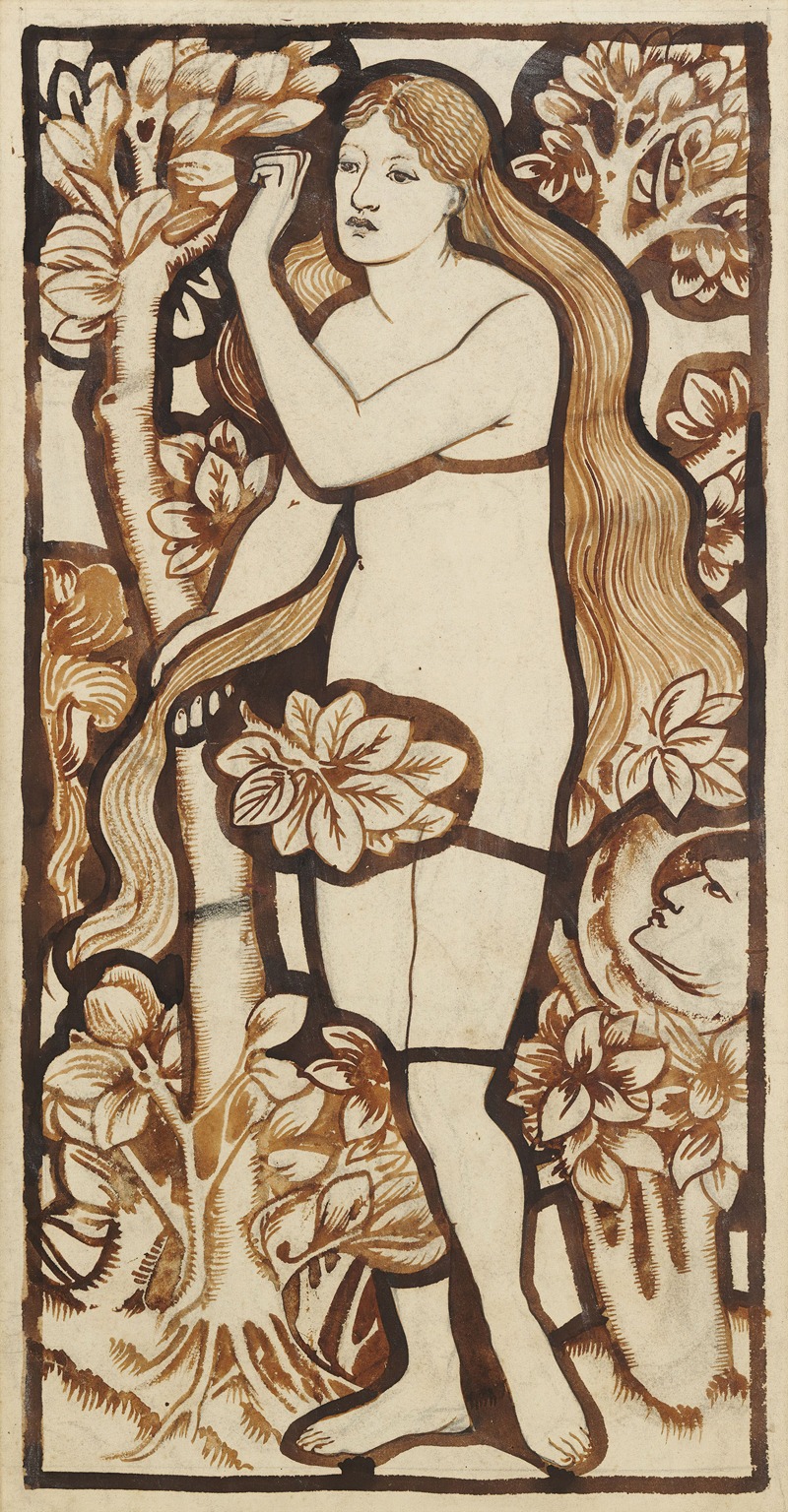
Eve
A hand-painted replica of Sir Edward Coley Burne-Jones’s masterpiece Eve, meticulously crafted by professional artists to capture the true essence of the original. Each piece is created with museum-quality canvas and rare mineral pigments, carefully painted by experienced artists with delicate brushstrokes and rich, layered colors to perfectly recreate the texture of the original artwork. Unlike machine-printed reproductions, this hand-painted version brings the painting to life, infused with the artist’s emotions and skill in every stroke. Whether for personal collection or home decoration, it instantly elevates the artistic atmosphere of any space.
Sir Edward Coley Burne-Jones was a prominent British artist associated with the Pre-Raphaelite Brotherhood, a group that sought to return to the detail, intense colors, and complex compositions of Quattrocento Italian art. Among his many works, "Eve" is a notable painting that reflects his fascination with mythological and biblical themes, which were prevalent throughout his career.
"Eve" by Burne-Jones is a representation of the biblical figure Eve, the first woman according to the Judeo-Christian creation narrative. The painting captures Eve in a contemplative pose, often depicted in a lush, Edenic setting that emphasizes the Pre-Raphaelite focus on nature and beauty. Burne-Jones's portrayal of Eve typically embodies a sense of melancholy and introspection, which is a hallmark of his style. His works often explore themes of innocence, temptation, and the loss of paradise, which are central to the story of Eve.
Burne-Jones was known for his meticulous attention to detail and his ability to convey emotion through his use of color and form. In "Eve," he employs a palette that is both rich and subdued, using soft, natural tones to create a serene yet somber atmosphere. The figure of Eve is often depicted with flowing hair and delicate features, embodying an idealized form of beauty that was characteristic of Burne-Jones's female subjects.
The composition of "Eve" reflects Burne-Jones's interest in medieval art and literature, as well as his admiration for the works of the Italian Renaissance. His style is marked by a linear grace and an emphasis on pattern and decoration, which can be seen in the intricate details of Eve's surroundings. The painting may also include symbolic elements, such as the serpent or the apple, which are traditional motifs associated with the story of the Fall of Man.
Burne-Jones's work was influential in the development of the Aesthetic Movement, which valued art for art's sake and emphasized beauty and visual harmony over moral or narrative content. His paintings, including "Eve," often evoke a dreamlike quality, inviting viewers to engage with the emotional and symbolic dimensions of the work.
"Eve" is part of Burne-Jones's broader exploration of mythological and religious subjects, which he approached with a unique blend of romanticism and realism. His ability to infuse these themes with a sense of timelessness and universality has ensured the enduring appeal of his work.
While specific details about the creation and exhibition history of "Eve" may not be extensively documented, the painting remains an important example of Burne-Jones's artistic vision and his contribution to the Pre-Raphaelite movement. His work continues to be celebrated for its beauty, emotional depth, and technical mastery, securing his place as one of the leading figures in 19th-century British art.





